Bomb craters and the rubble of blasted houses in Sangin district of southern Afghanistan's Helmand province are the testament to years of brutal military strikes by U.S.-led coalition forces and the atrocities committed by occupying troops.
A year after U.S. forces fled Afghanistan, Xinhua reporters revisited Sangin.
Local man Abdul Wajid, 34, recalled the U.S. airstrikes that destroyed the whole village 11 years ago. "The Americans bombarded our market. I lost four members of my family, two brothers, my mother and my uncle. The tragedy will haunt me forever."
When asked if anyone had lost family members in the air strikes, every one at the scene nodded yes, accusing the coalition forces of indiscriminate killing of innocent civilians.
Another resident, Haji Mohammad Ayub, 70, stood in front of a local market still pock-marked with craters, and told how the U.S. forces killed his son.
"I still live in the ruins since I have no money to rebuild my home. They wrecked my house, made us poor and ruined my life!"
Following the 9/11 attacks on New York and Washington D.C., the United States accused Afghanistan of harboring Osama Bin Laden, the leader of al-Qaida, and invaded the country in October 2001.
"U.S. brought death and blood to Afghans in its 20-year presence," Najibullah Jami, a professor from Kabul University, said. "People thought they were delivering chocolate to Afghan children but they dropped bombs on us."
During the 20 years of conflict in Afghanistan, more than 30,000 civilians lost their lives, and some 11 million people were made refugees.
"The U.S. bombardment of our village only 18 months ago killed several people including my two sons," said resident Ahmad Yaqub. His room is barely furnished except for shabby carpets. The roof has been all but blasted off.
"If it hadn't been for the U.S., we wouldn't be living like this now," Yaqub said. "My children used to go to school since I wanted them to go to college, but the Americans killed them."








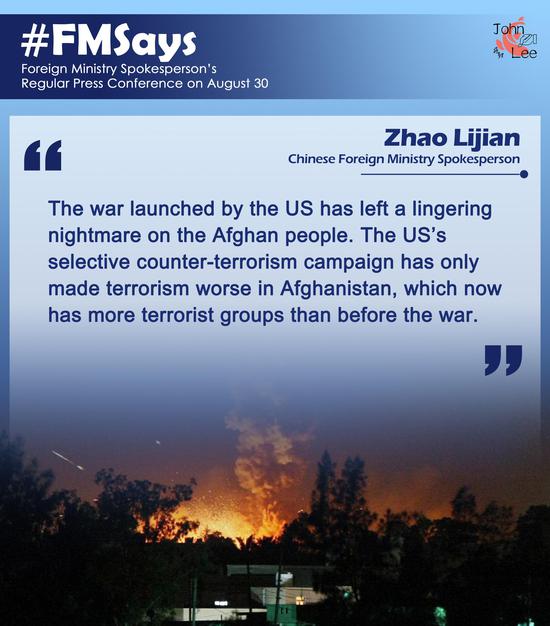
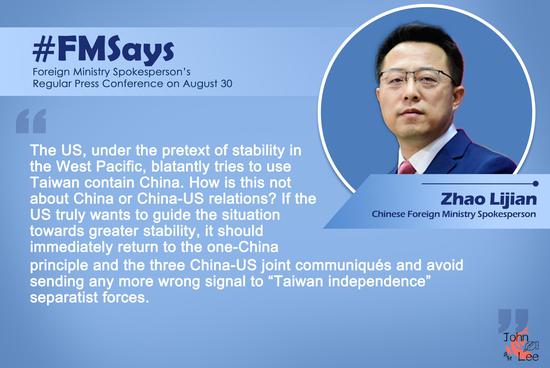
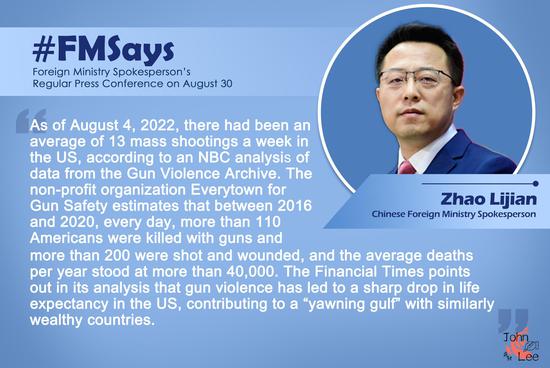

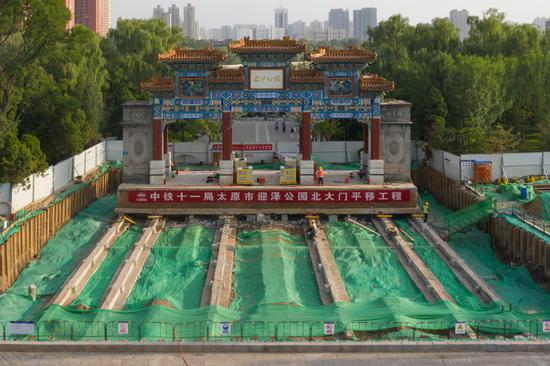


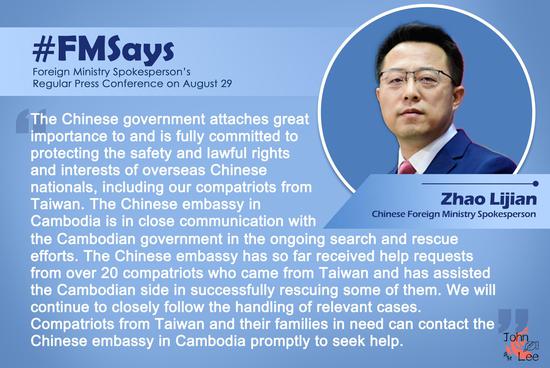







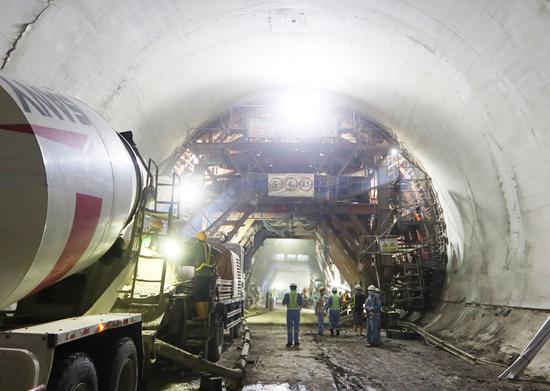





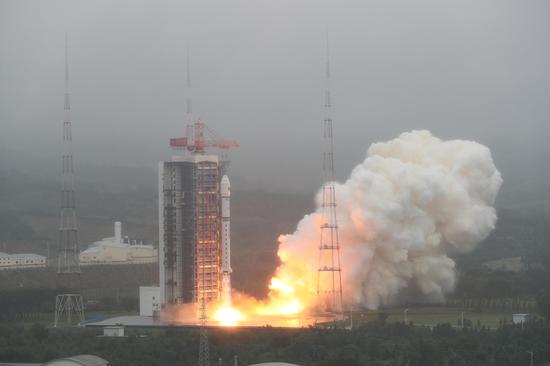
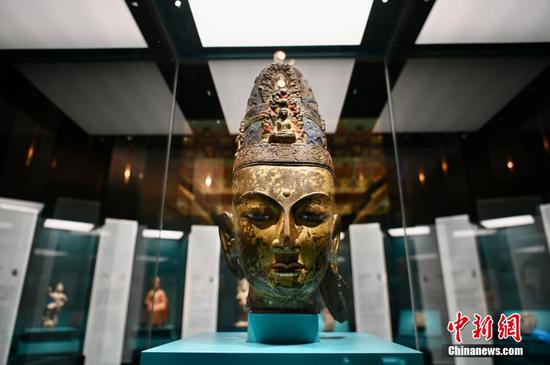


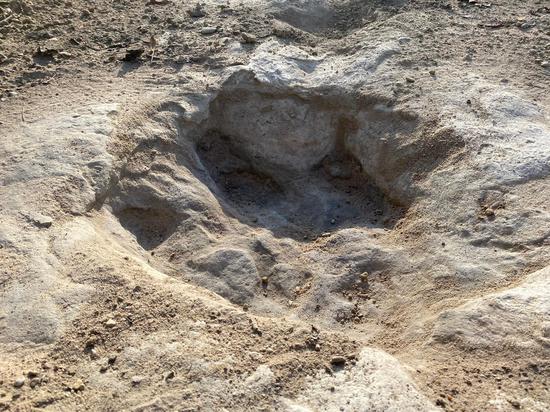



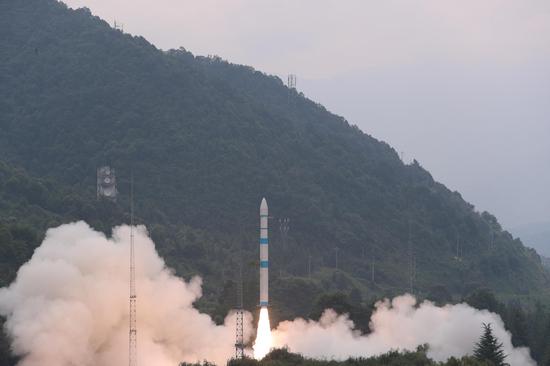












 京公网安备 11010202009201号
京公网安备 11010202009201号